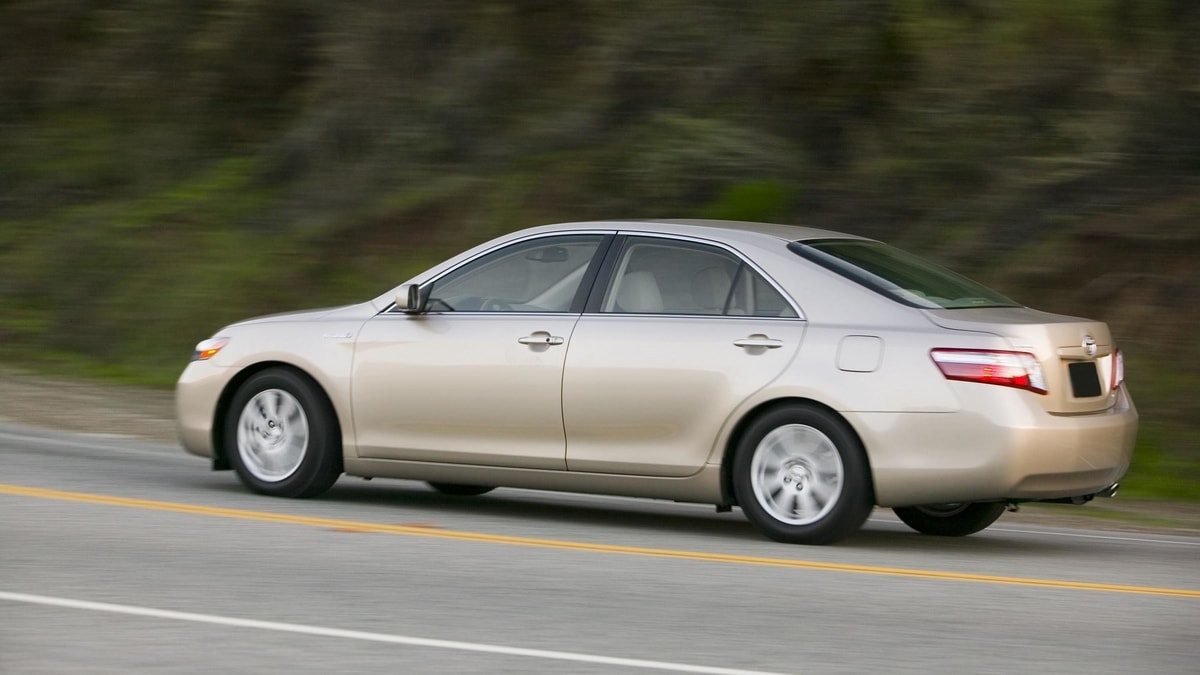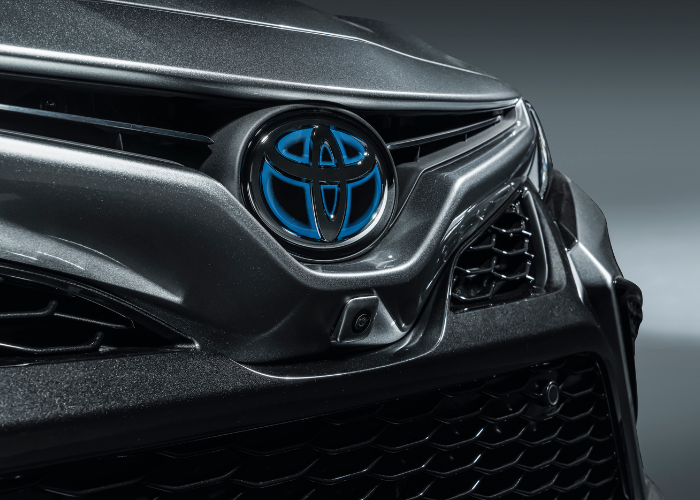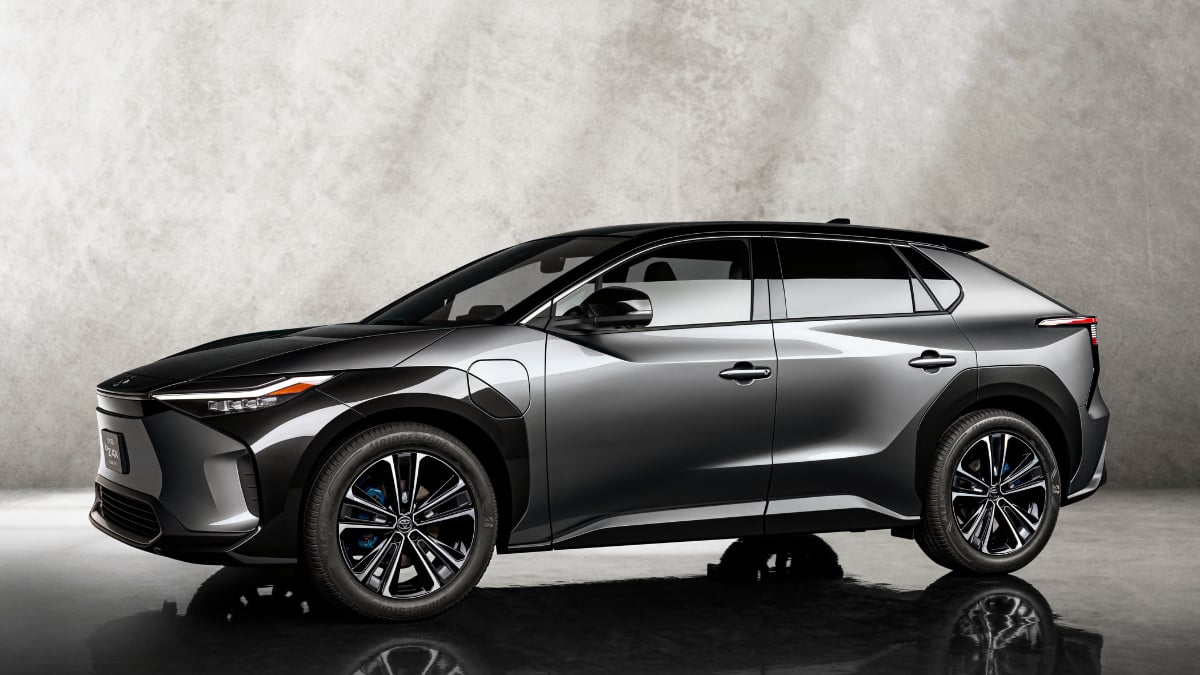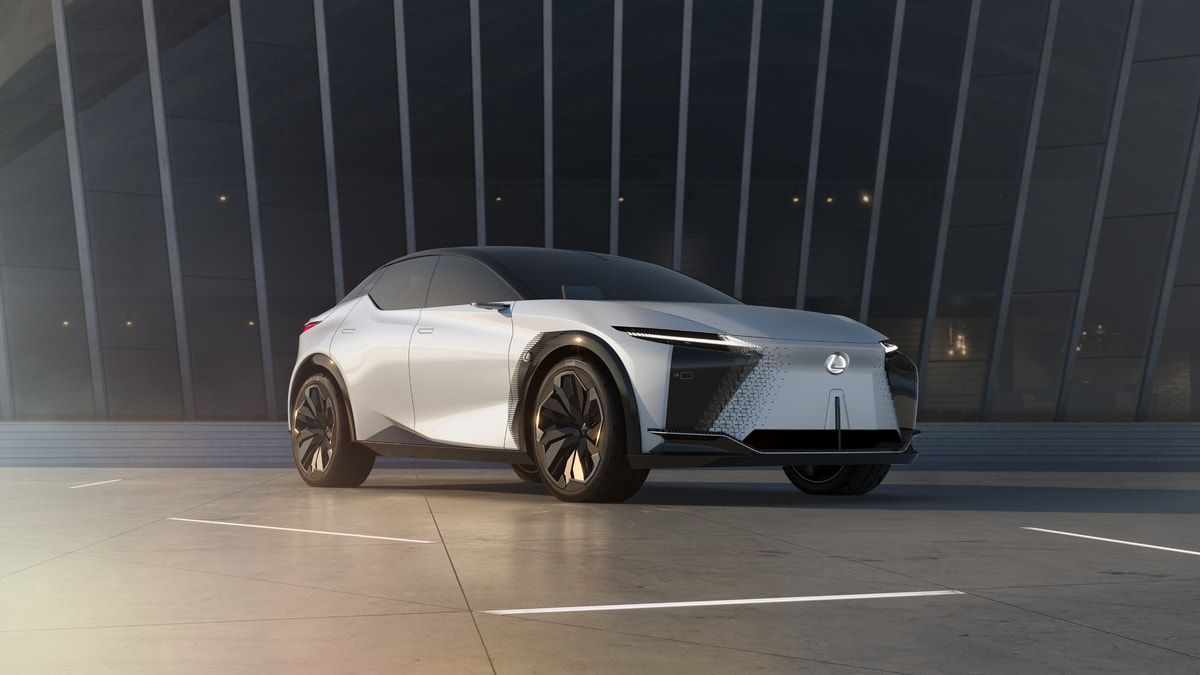When you hear the term "rare earth minerals," you'd be forgiven for conjuring images of scarce, hard-to-find elements buried deep within the Earth's crust. The term itself feels like a siren song of exclusivity. But, like many monikers, it could be more accurate. As we pull back the curtain on the automotive industry, from the reliable Toyota Prius to cutting-edge electric vehicles by Tesla, Rivian, and Lucid, it becomes evident that these "rare" minerals are more commonplace than their name suggests.
Origins of the Misnomer
The term "rare earth" dates back to when these minerals were first discovered. Found in 'rare' minerals and extracted with great difficulty, early scientists labeled them as "rare earth elements." As science progressed, we realized that some minerals, like cerium, are more abundant than metals we use daily, like copper. So, while they might be widespread, what’s truly "rare" is finding them in concentrated, easily extractable amounts.
 Under the Hood: Rare Earth in Automotive Industry
Under the Hood: Rare Earth in Automotive Industry
Whether you're driving an electric vehicle (EV) like a Tesla or a conventional gasoline or diesel car, rare earth minerals play a crucial role. In hybrids like the Toyota Prius, neodymium forms an essential part of the high-performance magnets in electric motors. This translates to better fuel efficiency and power. Similarly, brands like Rivian and Lucid, pushing the boundaries of EV technology, rely on these minerals for battery performance, efficiency, and electric motors. Traditional combustion engines utilize rare earths (platinum, palladium, and rhodium) in catalytic converters to reduce harmful emissions.
Recycling: A Sustainable Loop
One of the most compelling aspects of rare earth minerals is their recyclability. While the initial extraction process can be environmentally challenging, once these minerals are in circulation, they can be recycled and reused in various applications, reducing the need to mine new materials. For instance, the magnet components in an old Prius could, in theory, find a new life in a Lucid Air or a Rivian truck, contributing to a circular economy. Adopting more rigorous recycling methods means tapping into this sustainable loop, utilizing these minerals repeatedly without depleting our planet's resources.
 Conclusion: The Reality of 'Rare Earth'
Conclusion: The Reality of 'Rare Earth'
In truth, the term "rare earth" is more about historical nomenclature than actual scarcity. While they might not be in every backyard, these minerals are by no means on the verge of running out. As consumers, drivers, and stewards of our planet, we are responsible for recognizing the pivotal role these elements play in our automotive world and ensuring that, as we benefit from their properties, we also take steps to use and reuse them responsibly. After all, the journey from a Prius to a Tesla isn’t just about innovation; it's about understanding and valuing the resources that make such progress possible.

As we rev up our engines or bask in the silent hum of an EV, let's remember that beneath the metal and the gloss, there's a world of "rare" minerals working tirelessly. And next time someone mentions their rarity, you can share a nugget of wisdom about why 'rare earth' minerals aren't so rare.
Thank you for embarking on this journey with us. Together, let's continue exploring, discovering, and unlocking new horizons. Stay tuned for more captivating content to fuel your curiosity and inspire your imagination.
We appreciate your readership and look forward to you joining us on our next adventure. Until then, keep dreaming, reading, and coming back for more!
A recent video tweet by a famous Tesla blogger from China claims that this new Tesla store in Chongqing, China, is the best in the world. The video of the store is going viral.
The store, which is located in the Chongqing-JIEFANGBEI Starlight Plaza, features a 3D ground painting that combines the Tesla Gigafactory Shanghai and Chongqing landmarks.
Peter Neilson is an automotive consultant specializing in electric cars and hybrid battery technologies. He holds a Bachelor of Science in Automotive Service Technology from Weber State University. Peter can be reached on Linkedin and you can tweet him at The_hybrid_guy on Twitter. Find his page on Facebook at Certified Auto Consulting. Read more of Peter's stories at Toyota news coverage on Torque News. Search Toyota Prius Torque News for more in-depth Prius coverage from our reporter.





